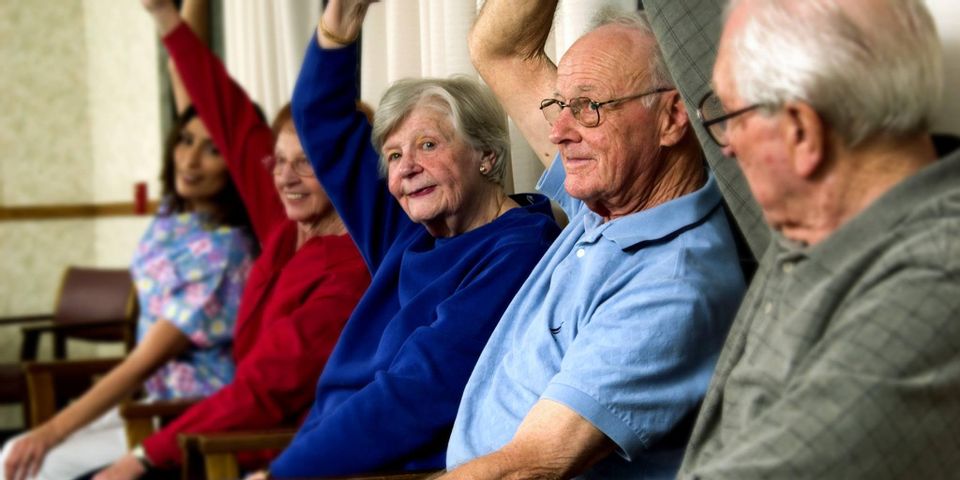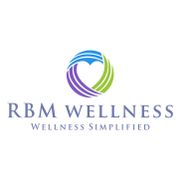
Many of us may experience a certain amount of lethargy during the cold winter months. Inclement weather limits our ability to spend time outdoors when cloudy, overcast days are the norm, temperatures are frigid, and daytime hours are shortened. This post-holiday period between New Year’s and spring may seem to be an unending time of mood-altering dreariness. When you experience how these conditions affect your disposition, imagine how difficult this time may be for seniors, both at home and in senior living facilities.
Seasonal Affective Disorder (SAD) is a form of depression that cycles with the seasons and typically affects people during the winter months. Symptoms of SAD include low energy, change in sleep and eating habits, irritability, loss of interest to socialize or engage in activities.
Along with seasonal weather changes, there may be other factors that play into creating a more depressive state. The holiday activities provided cognitive and emotional stimulation with cooking, parties, family, and friends visiting but January 2nd begins a slow crawl of eventless days and early nights. During this time, it’s important to combat the symptoms of SAD as we wait for the first signs of spring. Fortunately, there are several easy and inexpensive methods that are non-pharmaceutical – there just has to be a certain amount of intentionality. The best part is, these methods can also help brighten the days of those not experiencing SAD and create a more vibrant atmosphere for everyone.
Light therapy has been used for decades as the first line of treatment. Research has shown that using light therapy can reduce melatonin and help regulate serotonin and epinephrine which can decrease the desire for (daytime) sleep and help balance moods. An internet list of the best “light boxes” shows pricing of under $50. These boxes are designed to be used daily for 20-30 minutes. This alternative method may help some of the more severe cases of seasonal depression. Obviously, a check with the doctor would be good to assure there are no adverse effects from medications or other medical diagnoses.
Another simpler approach to light therapy is having sunlight “sit-ins” – placing residents in small groups in front of windows where the sunlight is streaming in. Obviously, not as effective as being outside, but research shows that exposure to natural light in any form is beneficial. Residents also have another opportunity for socialization.
Exercise is also an important daily activity that not only increases strength and flexibility but also produces mood-enhancing endorphins and help to improve sleep. Exercise in a senior facility also promotes group socialization and interaction, promoting a more active culture.
Finally, add vitamin D rich foods will reduce the chance of deficiency due to less sunlight exposure. “The National Institutes for Health has identified elderly people as an at-risk group for vitamin D deficiency. Not only do changes in diet often eliminate foods rich in vitamin D from a senior’s meal choices, but aging bodies have more difficulty converting and absorbing vitamin D from foods… Furthermore, certain medications, such as the anti-inflammatory prednisone, can inhibit the ability to produce and metabolize vitamin D.” (https://www.agingcare.com/articles/winter-seasonal-affective-disorder-depression)
There are many different alternative methods to reduce the effects of Seasonal Affective Disorder for seniors. Most of which are inexpensive and easy to implement – but as stated earlier – the key is intentionality on the part of the caregivers. So be intentional and before you know it, spring will be here!
About the Business
Have a question? Ask the experts!
Send your question

